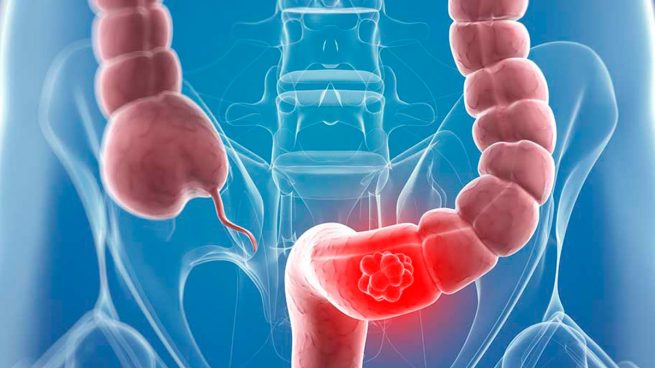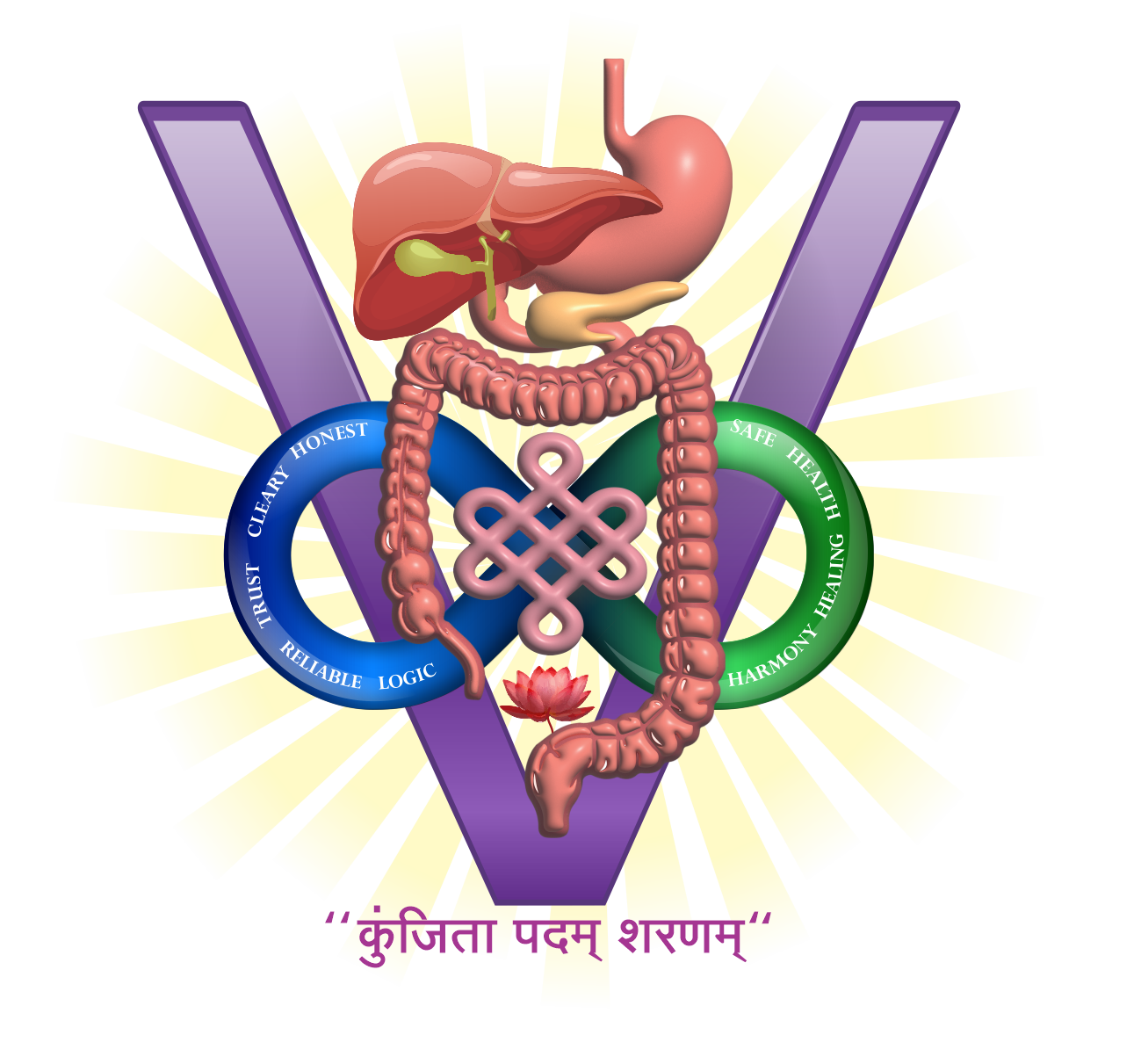COLON, RECTUM AND ANAL CANAL
Colon, Rectum and Anal Canal
The rectum and anal canal are the most terminal parts of the lower GI tract/large intestine. The large intestine consists of the cecum, appendix, colon (with ascending, transverse, descending, and sigmoid segments), rectum, and anal canal. Colon cancer treatment in PCMC focuses on identifying and managing diseases of these areas, particularly those affecting the colon and rectum.
The rectum and anal canal form a functional unit and control defecation. Fecal incontinence can occur if this function is disturbed. Fecal continence is maintained by several important anatomic structures including rectal folds, anal valves, the sling-like puborectalis muscle, and internal and external anal sphincters. Peristaltic waves within the rectal muscularis, involuntary relaxation of the internal anal sphincter (controlled by the ANS), and voluntary relaxation of the external anal sphincter (controlled by the cerebral cortex) are essential for defecation to occur. The rich plexus of veins surrounding the anal canal can develop into hemorrhoids if dilated. Rectal cancer treatment in PCMC involves surgical and non-surgical approaches depending on the stage and location of the tumor.

- Hirschsprung’s Disease
- Anorectal Malformations
- Rectal Prolapse
- SRUS
- Pseudoobstruction (Ogilvia Syndrome)
- Descending Perineum Syndrome
- Anismus and Constipation
- Anal Incontinence
- Haemorrhoids
- Fissue
- Fistulae and Anal Stricture
- Polyps and Other Benign Tumorshereditary and Familial Polyposis Syndrome
- Ulcerative Colitis and Crohn’s Ameobic Colitis
- Ischaemic Colitis
- Diverticulitis
- Lower GI Haemorrhage
- Carcinoma of the Colon
- Rectum
- Anal canal
- Operations- APR
- Anterior Resections
- Segmental Coletomies
- Pelvic Exenterations
- Colostomy
- Ureterosimoidostomy
- Hemicolectomies
- Urinary Diversions
- Surgery for Anal Incontinence
- rectal prolapse and complex fistulae
- Restorative Proctocolectomy and Ileoanal Pouch Anastomosis
Rectal cancer treatment in PCMC addresses malignancies affecting the rectum and surrounding structures.

